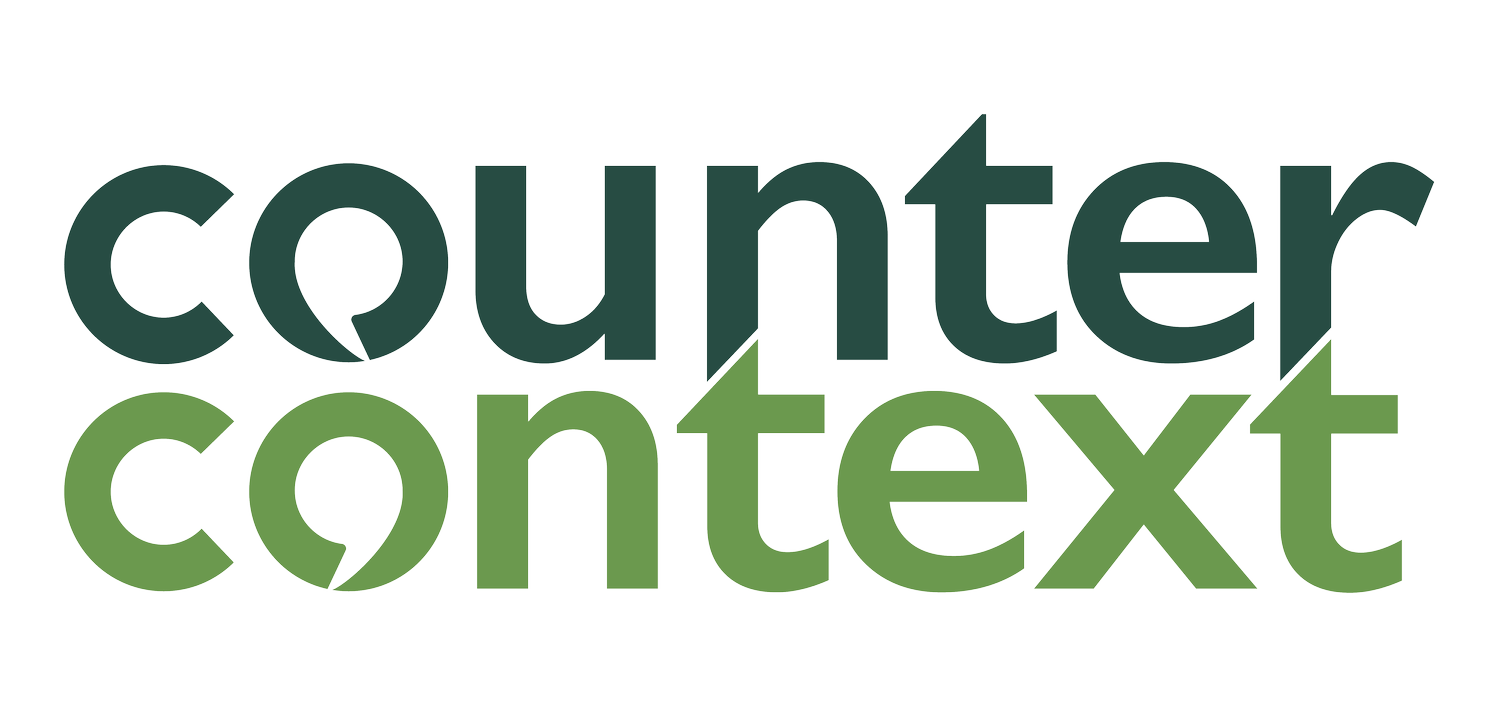The Power of Plain English
20th November 2023
By John Prendergast
Public consultations play an important role in shaping government policies and decision-making processes in the United Kingdom. More than that, though, they are a valuable part of our civic process, encouraging wider participation and ensuring that the people’s views are heard. However, for public consultations to be effective, they must be accessible to everyone.
The Dual Purpose of Public Consultation
Public consultations serve two main functions: informing people and collecting their feedback. These processes are not mutually exclusive; they are interconnected and interdependent.
By providing people with a real opportunity to provide meaningful feedback on proposals, we empower them with the right knowledge about decisions that could affect them. In turn, this helps to ensure they have the tools they need to affect change. The act of participating in public consultations is not merely a box-ticking exercise, but a vital element of a democratic society – clear, comprehensive, and sensitive consultations strengthen the connection between government, businesses, and the public.
The Devils in the Details
Turning complex information into a format that we can all easily understand is not a straightforward task. Many government policies and decisions are loaded with legal jargon, technical terms, and convoluted explanations. Faced with such complexity, there’s a high risk of alienating the very people we’re trying to reach. This complexity can be intimidating, leading to disengagement and a sense of exclusion from the conversation.
Plain English: Where Complexity Meets Clarity
Plain English is the bridge that connects complex information with common understanding. Plain English emphasises clarity, simplicity, and accessibility, ensuring that everyone can understand the information being presented. Using plain English is not about patronising people, but about recognising that not everyone has the same level of familiarity with complex subjects. It’s about respecting the diversity of your audience and making the information as inclusive as possible.
Something for Everyone
Public consultations often target diverse audiences, with varying degrees of familiarity with the subject matter. A consultation on a local transport strategy may involve urban planning professionals, policymakers, special interest groups, businesses, and ordinary people. To address this diversity, it’s crucial to present ideas in a simple format, with more complex or explanatory information available as a supplement.
Glossaries – defining specialist terms – are a great way to provide quick explanations of technical terms and acronyms, without interrupting the flow of your text. They work like cheat-sheets, ensuring that even those less familiar with the subject can grasp the essentials. Equally, appendices can house more detailed information for those who seek a deeper understanding. By providing these resources, you don't dilute the information for experts while also ensuring that everyone else can engage without feeling overwhelmed.
Who, How and Why?
To effectively use plain English, it’s critical to understand your audience, your goals, and the media through which you'll communicate – the who, why, and how of your consultation. Each element should play a role in shaping your content:
Audience: Understanding your audience is the first step. Are you addressing experts in the field, the public, or a mix of both? Tailor your language and explanations accordingly. Avoid making assumptions about what your audience knows or doesn't know.
Goals: Define the goals of your public consultation clearly. Are you seeking general feedback, specific insights, or a combination of both? Ensuring you are asking the right questions in the right way will make the feedback you receive much more reliable.
Medium: Consider the media you’ll be using. Whether it's a printed document, an open meeting, a website, or social media, each medium has its own communication style and limitations. For example, research suggests that people read information online in an “F” shape – reading the top line, then scanning down the left of the page until they find the heading they need before reading further. Adapt your plain English approach to fit the medium for maximum impact.
Clear Doesn’t Mean Condescending
One common pitfall in using plain English is the risk of coming across as patronising. The key here is to strike a balance. Assume your audience is intelligent and capable of understanding, but don't assume they possess the same level of expertise as you do. Use plain English as a tool to build inclusivity and engagement, not to talk down to people.
Conclusion
To ensure the success of public consultations, it is essential to communicate complex information in a way that everyone can easily understand.
Using plain English is not about underestimating people's intelligence; it’s about respecting the diversity of your audience and making information accessible to everyone. It’s about bridging the gap between complex information and public understanding. By carefully considering your audience, your goals, and your medium, you can speak in plain English effectively without patronising your reader.
In an age where transparency and inclusivity are paramount, using plain English in public consultations is more than just a best practice; it is a crucial aspect of our democracy.

